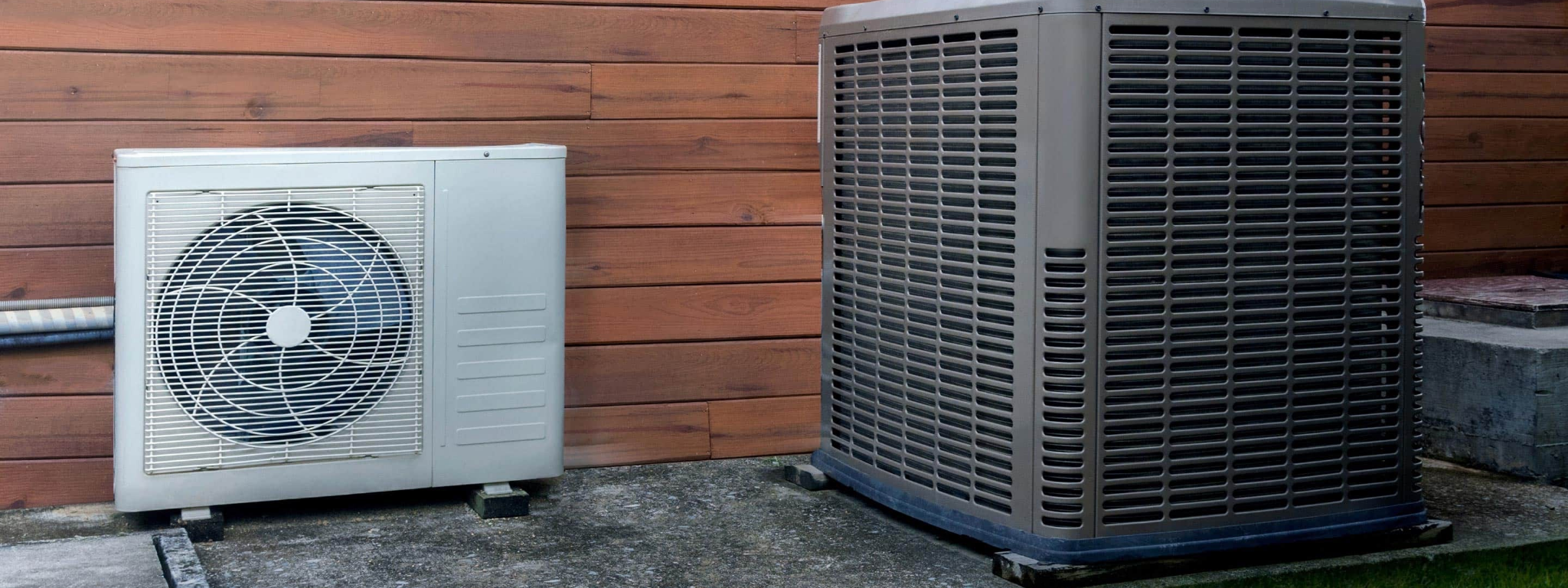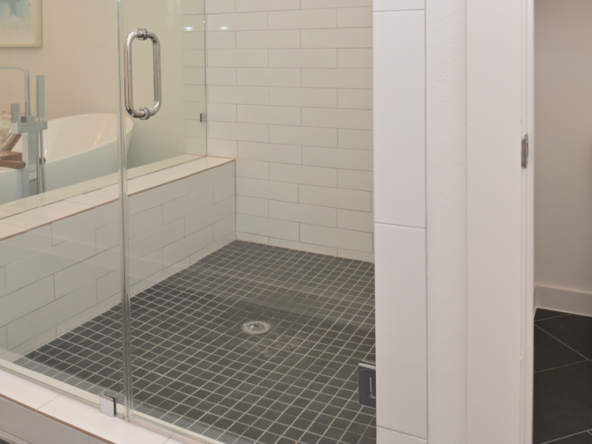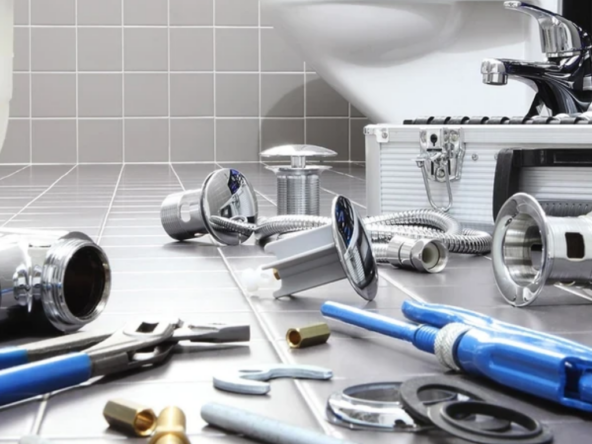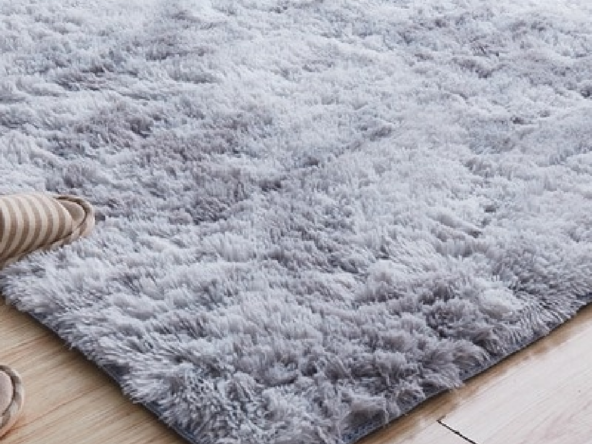Heating and cooling systems are essential components of a family’s comfort and safety. They can be critical to the level of comfort during different seasons depending upon the area of your house. It is necessary to keep them in a proper working condition and regular maintenance is required individually and by professional service to keep them efficiently running throughout the season.
What is Condensation Drain Line?
For keeping the moisture away from the heating and cooling unit a drain line is needed. Air conditioning heating units have drain lines for the removal of condensed moisture. Algae and debris block this line as a result water will get back to the drain pan. The pan is very shallow can overflow causing damage to your house. Two lines of the primary and secondary drain are built into the unit. Secondary lines are designed to work when the first drain gets blocked and it becomes a problem at the start of cooling or heating season. When the unit is located in the attic, the primary drain line runs through the exterior walls as attics have a secondary unit drain pan connected to a line that runs through an exterior wall to the outdoors just like the primary line. If the unit is located in the basement area, make sure the drain line runs into a floor drain. Unit located in a utility closet as a primary drain line running through the interior walls of the outdoors. There are warning devices in a secondary drain pan that shuts off the unit if the pan is filled with water. A semi-annual preventative maintenance program is highly recommended as it is relatively inexpensive as compared to the cost of repairing a leak separately.
Care and Maintenance Guidelines for Condensation Drain Line
The following are the guidelines for the care and maintenance of home condensation drain lines.
Keeping the Unit Drain Properly
- Get your primary drain line serviced by a professional to make sure it is draining properly before the summer season.
- Check the unit’s secondary drain line to make sure it is draining correctly by following the instructions in the Unit’s manufacturer manual.
- It is necessary to keep the landscaping trimmed back from the outdoor condenser unit and lines at all times.
- Keep a check on debris in the outdoor condenser unit. First turn off the air conditioner then check the outdoor unit for shrubbery, leaves, grass, or dirt impeding the flow of the air. Use a water hose with a spray nozzle for removing obstructions. The base pan under the unit also needs to be checked for removing any debris accumulated.
- Do not apply too much water pressure as it could damage the coils.
- If you see water dripping from a doorway or window inspect the clog in the primary line.
- Seek professional help if there are debris and dirt deep in the unit.
Heating and Cooling System
Homes are equipped with heating and cooling systems that are efficient and necessary for family comfort. There are generally two types of heating and cooling systems.
- Furnace and air conditioner.
- A heat pump for providing heating and cooling both. They both are designed to work for special purposes differently.
Furnace and Air Conditioning Systems
A furnace generates heat by burning oil, natural gas then transfers the heat to the air for making it circulate throughout the house. The air conditioning is the split system as a cooling coil removes heat from the indoor air and the outdoor unit transfers this heat to outdoor air.
Heat Pump System
It is a combined heating and cooling system typically found only in climates having moderate cooling and heating needs because the current heat pumps have difficulty operating in low temperatures which makes them unsuitable for climates having extended times of subfreezing temperatures. The colder it is going to be outside the harder the pump will work. The most common type is an air source pump which transfers the heat from the home to the outdoor. This heat pump moves heat rather than generating heat. The air is circulated using a system of ducts and registers that carry air from the air handling unit to the home back. Some heat pumps also have a supplementary electrical heat source for providing additional heat. Heating and cooling systems are necessary to be maintained properly. If you have a heat pump, the warm air delivered through the register is cooler than the warm air as produced by the furnace to make the house more comfortable.
- Also, check registers for further information.
- Check condensation lines for their maintenance.
- Filters are used to protect the units from dust and debris and avoid operating it without an air filter.
Care and Maintenance of Air Heating and Cooling Systems
The following are guidelines for keeping systems running properly.
- Run the heating and cooling system at least once during the offseason as it is not good for it to be un-operational for a longer time.
- The outdoor air conditioning unit might have an external cartridge fuse located in a small box next to the service panel. In case of any issue with this, contact a licensed electrician to fix it.
- Seek professional help for the problems as per the instruction manual.
- Get your furnace inspected at least once a year before the summer season.
Follow the below recommendations to keep the heat pump system work properly.
- Call a professional technician to service your heat system once a year.
- Clean filter on a monthly basis by following instruction manuals.
- Removal of debris, leaves, shrubbery, and grass from the outdoor unit is necessary.
- Clean supply and return registers of the house whenever they are dusty or dirty. See registers for further information.
- See the condensation drain line for more information.
Filter
Clean filter or replace them monthly for getting maximum efficiency and for removing clogs as they can cause heating and cooling unit to be damaged.
Use a manufacturer guide to get information regarding the cleaning and replacing filters. Use the filter of the same size and type.
If the unit is located in an attic access filter by opening the return grille located in the ceiling above attic and change its filter.
Insulation
Every house has the proper insulation for the climate. Insulation helps to reduce inadequate heating and cooling that is caused by open doors, windows, fireplaces, and clogged filters. Contact a customer support representative if you feel isolation may be inadequate.
Cooling Coils
Check your filter to make sure if it’s clean if your air conditioner freezes up. If the filter is clean, turn the system off until the ice gets melted. If it continues to freeze up, immediately call a technician.
Registers
Registers help to regulate airflow and temperature. One of the registers in the home is connected to an air return system that sends air back to the cooling and heating unit.
Care and Maintenance of Registers:
For Adjusting Registers
- By adjusting registers you can regulate room temperatures. By opening and closing, the registers and dampers adjust the amount of warm or cool air entering the room.
- Do not close any registers completely, partially close registers in the rooms that get a lot of air forces more air into the rooms that do not get enough air. Even if you close off registers, the system will continue working at the same pace. In addition, all undesirable cold or hot air from rooms will get the mix into the air of the home.
For Getting Most from the Registers
- Make sure the registers have clearance around them. Blocking them with furniture and drapes can prevent much of the warmed or cooled air from entering itself throughout the room.
- Invest in extenders that fit under furniture to avoid blocking.
For Cleaning Registers
- Vacuum registers often to remove dust and dirt.
- Professional duck cleaning leaves your home with cleaner, healthier air and it can help your heating and cooling equipment run more efficiently.
Thermostat
The thermostat helps for maintaining a comfortable interior temperature for the home as they control heating and cooling systems keeping even temperature overall.
Care and Maintenance of Thermostats
Following are the guidelines to maintain thermostats:
- Set thermostat to a comfortable temperature as recommended 72F for heating and 78 for cooling.
- Keep setting constant to avoid energy-wasting fluctuations.
- To minimize temperatures run the furnace recirculating fan more consistently.
- The thermostat must contain controls to convert from heating system to cooling and vice versa.
For Activating New Functions
- The thermostat has a five-minute delay and you need to wait while switching functions. If change occurrence is for five minutes then there will be an additional delay before activating new functions.
- Avoid overheating home, as it can cause shrinkage in framing lumber causing cosmetic damage inside the house.
For Determining the Need for Service
According to ASHRAE (American Society of Heating, Refrigerating, and Air conditioning Engineers) system should be able to produce a 70 F for heating and 78F for cooling temperatures. If the outdoor temperature increases by 95F it should be at least 15F coolers indoors as compared to outdoors.



